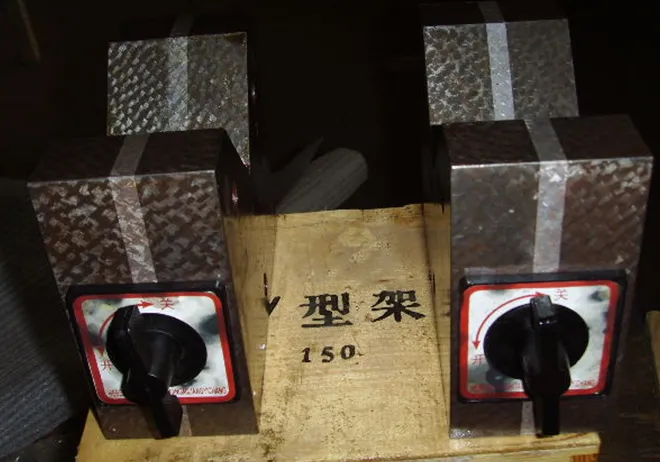Dec . 04, 2024 10:06 Back to list
types of thread gauge
Types of Thread Gauges An Overview
Thread gauges are essential tools in engineering and manufacturing that ensure precision and accuracy in threaded components. Their primary function is to measure the pitch, major diameter, minor diameter, and thread angle of threaded parts. Understanding the different types of thread gauges is crucial for those involved in industries such as manufacturing, automotive, and aerospace, where tolerance levels are stringently maintained. This article will delve into various types of thread gauges and their applications.
1. Go and No-Go Gauges
One of the most basic forms of thread gauges is the Go and No-Go gauge. This type consists of two separate gauges the Go gauge, which represents the maximum allowable limits of a thread, and the No-Go gauge, which denotes the minimum allowable limits. When a threaded part passes the Go gauge but fails the No-Go gauge, it confirms that the part is within the specified tolerance range. This dual approach helps manufacturers quickly assess whether a part meets quality standards.
2. Thread Plug Gauges
Thread plug gauges are cylindrical tools used to check the internal threads of parts, such as nuts or tapped holes. These gauges are available in both Go and No-Go styles. The Go end of the gauge should fit easily into the threaded hole, while the No-Go end should not fit. This ensures that internal threads are cut to the correct pitch and depth.
3
. Thread Ring GaugesConversely, thread ring gauges are used to measure the external threads of parts, such as bolts and screws. Similar to thread plug gauges, they also come in Go and No-Go variants. The Go gauge checks the maximum limit of the external thread, while the No-Go gauge ensures that the thread does not exceed tolerance levels. These gauges are particularly important in applications where external threads must fit precisely into matching female threads.
types of thread gauge

4. Thread Calipers
Thread calipers are another type of thread gauge designed for more versatile applications. They can measure the pitch diameter of both internal and external threads. This tool is especially useful for assessing the uniformity and consistency of threads across a batch of threaded components. Unlike Go and No-Go gauges, thread calipers provide more detailed measurements, allowing for finer adjustments and quality control.
5. Pitch Gauges
Pitch gauges are specialized tools used to measure the pitch of threads, which is the distance between one thread crest and the next. These gauges typically have various slots to accommodate different thread sizes and pitches. While they do not provide full measurements of the thread diameter or angle, they are invaluable for quickly identifying the pitch of a thread, aiding in selecting the appropriate tap or die for further machining processes.
6. Digital Thread Gauges
With advancements in technology, digital thread gauges have emerged, providing a higher level of precision and ease of use. These gauges often come equipped with digital displays that show readings in real-time and can store multiple measurements for later reference. They are particularly advantageous for applications requiring frequent measurement and verification, improving efficiency in quality control processes.
Conclusion
The variety of thread gauges available is a testament to the importance of precision in manufacturing and engineering. From simple Go and No-Go gauges to advanced digital gauges, each type of thread gauge serves a specific purpose to ensure that threaded components meet the necessary specifications. Understanding these different types can significantly impact quality control and overall manufacturing efficiency, underscoring the importance of correctly calibrated and maintained thread gauges in any production setting.
-
Y Type Strainer Maintains System Efficiency Long TermNewsJul.15,2025
-
Valve Selection Guide for Industrial ApplicationsNewsJul.15,2025
-
Steel Fab Table Provides Durable Work Surface for WeldingNewsJul.15,2025
-
Pad Iron Provides Stable Support for Heavy MachineryNewsJul.15,2025
-
One Inch Check Valve Fits Standard Plumbing SystemsNewsJul.15,2025
-
Measuring Micrometer Ensures Precise Dimensional AccuracyNewsJul.15,2025
Related PRODUCTS









